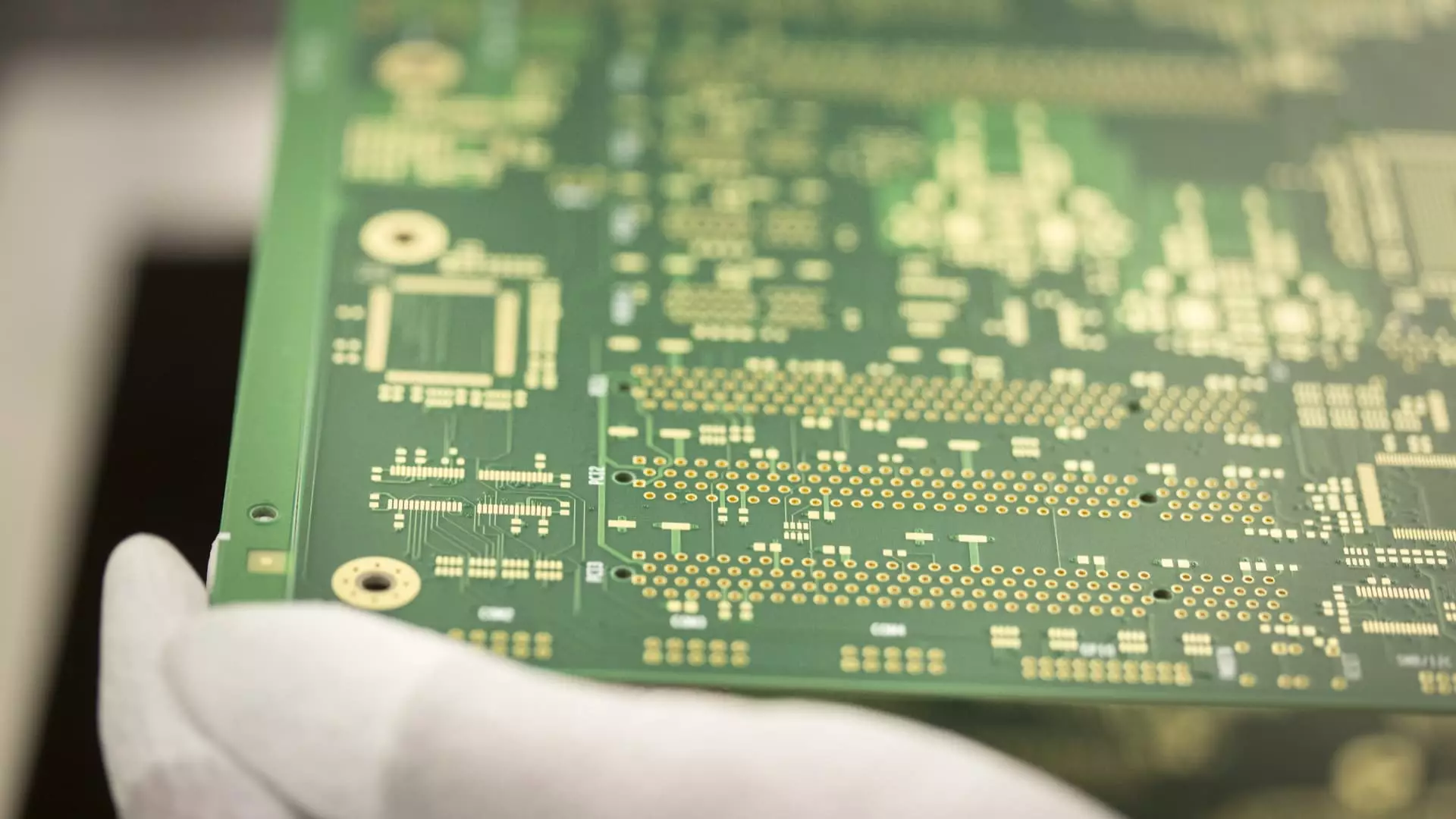For months, the technology community watched anxiously as the U.S. government tightened restrictions on the export of critical chip-design software to China. This move was widely seen as a maneuver to curb China’s technological advancement and maintain U.S. dominance in semiconductors. However, recent developments signal a pivotal shift—export controls have been relaxed or rescinded entirely, opening new avenues for collaboration, competition, and market growth. This change is not trivial; it represents a calculated recalibration of U.S. policies amid a complex geopolitical landscape and evolving global supply chains. In essence, the U.S. is beginning to recognize the importance of sustaining innovation ecosystems that are increasingly interconnected.
Major American companies—Synopsys and Cadence—along with German-based Siemens, have confirmed they received official notices from the U.S. Department of Commerce, indicating that restrictions have been lifted. This development signifies more than just policy rollback; it underscores a recognition that technological progress benefits from a degree of openness. Siemens, despite being headquartered in Germany, operates a significant U.S.-based subsidiary, Siemens EDA, which supplies vital software tools used worldwide—including China. Restoring access to these tools bolsters international cooperation and tempers the competitive frictions that have characterized recent years.
Implications for the Global Semiconductor Ecosystem
The consequences of this regulatory easing ripple far beyond the immediate corporate statements. For Chinese tech firms, it signals a potential thaw in an area previously frozen by stringent controls. With access to advanced EDA (Electronic Design Automation) tools—integral to the design and manufacturing of semiconductor chips—Chinese companies can accelerate their efforts to develop independent, cutting-edge technologies. While China has been actively nurturing its own domestic chip software industry, the importance of foreign expertise and foreign-made tools remains undeniable. The relaxation could provide much-needed boost, enabling local firms to leapfrog barriers and refine their intellectual assets.
From a market perspective, the reintroduction of U.S.-made design software into China is poised to invigorate competition. For the leading firms—Synopsys and Cadence—this shift likely signifies regained market share and the opportunity to rebuild their presence in a key global market. Their shares surged in response, indicating investor confidence that this policy reversal could lead to increased revenues and a stronger foothold in China. However, this situation also raises questions about the long-term strategic balance. Will the re-engagement foster a new era of cooperation or merely serve as a temporary easing before the next period of restrictions? The answer hinges on geopolitical dynamics and how both nations navigate these complex relationships.
The Double-Edged Sword of Openness and Competition
While the easing of export bans is undoubtedly a positive development for the global tech industry, it also introduces nuanced challenges. On the one hand, fostering open markets and collaboration accelerates innovation, reduces costs, and broadens access to technology. On the other, it risks diminishing U.S. technological superiority if China manages to effectively leverage these tools to develop indigenous capabilities that threaten future dominance.
Moreover, the delicate dance between national security and economic competitiveness remains unresolved. The U.S. government’s initial restrictions aimed to safeguard advanced technologies from potential military or strategic use by China. Relaxation must be carefully calibrated to prevent undermining those security concerns while promoting healthy economic engagement. This balancing act will define the future trajectory of U.S.-China tech relations—whether it leads to genuine partnership, strategic rivalry, or a hybrid of both.
Furthermore, these developments highlight the importance of innovation ecosystems—where talent, technology, and policy coalesce. Restricting access to essential tools hampers not only commercial growth but also the broader scientific progress that benefits society at large. The renewed collaboration suggests a recognition that sustained innovation often depends on open channels of knowledge exchange, even amid geopolitical tensions.
The Future of Semiconductor Innovation: Collaboration or Competition?
The restart of semiconductor collaboration between the U.S. and China sets the stage for a complex new chapter. Both nations are vital to the global supply chain, and their mutual engagement could lead to breakthroughs in AI, 5G, and quantum computing. Nevertheless, questions remain about how stable this newfound openness will be in the long run.
Will this relaxation mark a genuine thaw that fosters joint innovation, or is it merely a tactical pause in an ongoing strategic contest? Companies like Synopsys and Cadence now have the opportunity—and arguably the responsibility—to navigate this nuanced environment. Their decisions will influence whether the semiconductor industry advances through collaboration or finds itself divided into competing spheres of influence.
Ultimately, this shift underscores a broader truth: technological progress flourishes when barriers are lowered, and knowledge flows freely. In a world where the boundaries between national interests and corporate ambitions are increasingly blurred, the key to sustainable innovation lies in balancing openness with strategic caution. The U.S. and China’s tech trajectories will be shaped by whether they recognize that forging pathways of mutual benefit can accelerate progress for all, rather than serve as battlegrounds that stifle global development.

